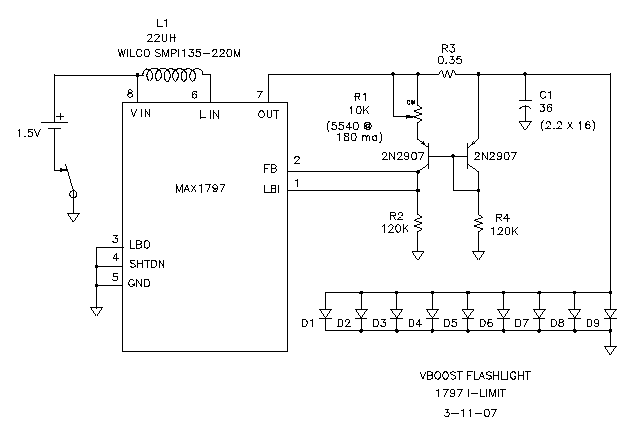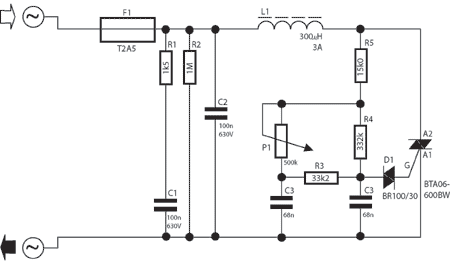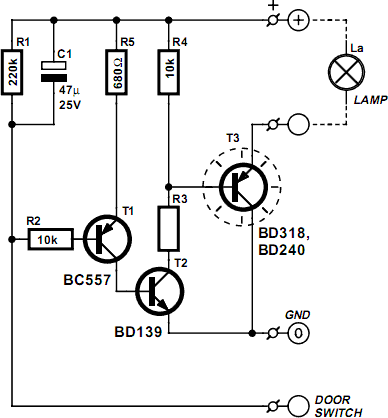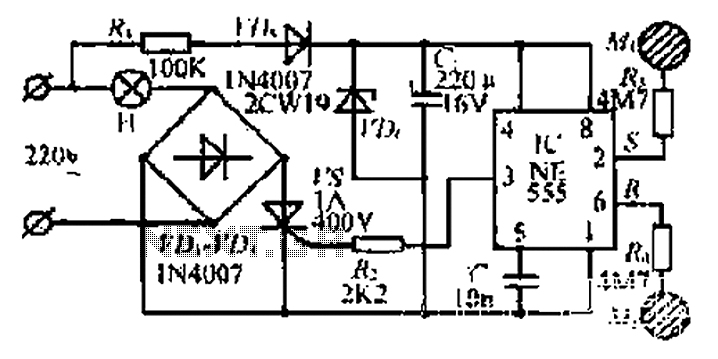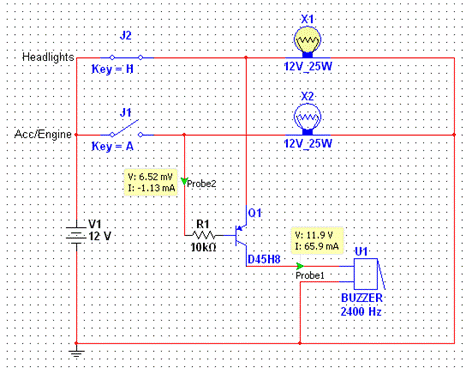
Touch Sensitive Light Dimmer

Using the SLB0586A integrated circuit from Siemens, it is possible to construct a straightforward touch light dimmer circuit that enables the user to adjust the intensity of a lamp. This circuit also incorporates a TIC206D component.
The SLB0586A is designed for touch-sensitive applications, providing a user-friendly interface for controlling lighting systems. This integrated circuit operates by detecting a touch input and modulating the output to adjust the brightness of connected lamps. The incorporation of the TIC206D, a triac suitable for controlling AC loads, allows for effective dimming functionality.
In the circuit, the SLB0586A receives a signal from a touch sensor, which can be implemented using a simple capacitive touch pad. Upon detecting a touch, the SLB0586A processes the input and sends a control signal to the TIC206D. The TIC206D, functioning as a switch, regulates the power delivered to the lamp by altering the phase angle of the AC voltage, thus controlling the intensity of the light emitted.
The circuit design typically includes additional components such as resistors and capacitors to filter signals and stabilize the operation of the IC. A snubber circuit may also be implemented across the TIC206D to protect against voltage spikes that could occur when switching inductive loads.
Overall, this touch light dimmer circuit presents a practical solution for modern lighting control, allowing for seamless adjustment of brightness through simple touch interactions while maintaining safety and efficiency in operation.With IC SLB0586A from Siemens you can build a simple touch light dimmer circuit that will allow you to adjust the lamp intensity. Together with a TIC206D.. 🔗 External reference
The SLB0586A is designed for touch-sensitive applications, providing a user-friendly interface for controlling lighting systems. This integrated circuit operates by detecting a touch input and modulating the output to adjust the brightness of connected lamps. The incorporation of the TIC206D, a triac suitable for controlling AC loads, allows for effective dimming functionality.
In the circuit, the SLB0586A receives a signal from a touch sensor, which can be implemented using a simple capacitive touch pad. Upon detecting a touch, the SLB0586A processes the input and sends a control signal to the TIC206D. The TIC206D, functioning as a switch, regulates the power delivered to the lamp by altering the phase angle of the AC voltage, thus controlling the intensity of the light emitted.
The circuit design typically includes additional components such as resistors and capacitors to filter signals and stabilize the operation of the IC. A snubber circuit may also be implemented across the TIC206D to protect against voltage spikes that could occur when switching inductive loads.
Overall, this touch light dimmer circuit presents a practical solution for modern lighting control, allowing for seamless adjustment of brightness through simple touch interactions while maintaining safety and efficiency in operation.With IC SLB0586A from Siemens you can build a simple touch light dimmer circuit that will allow you to adjust the lamp intensity. Together with a TIC206D.. 🔗 External reference
